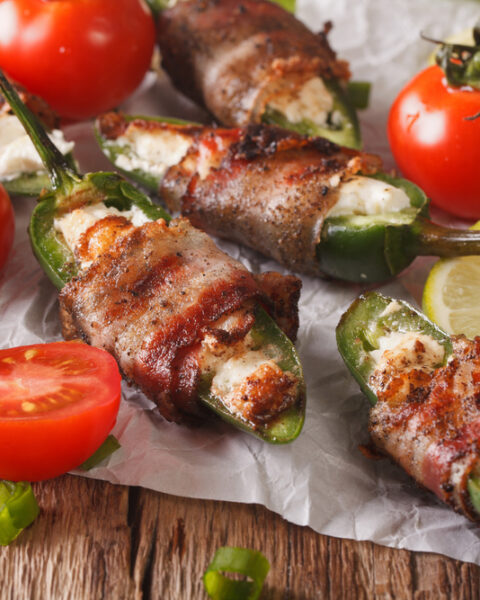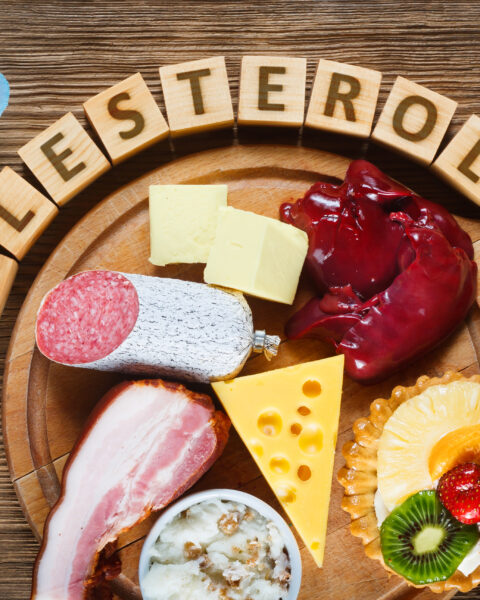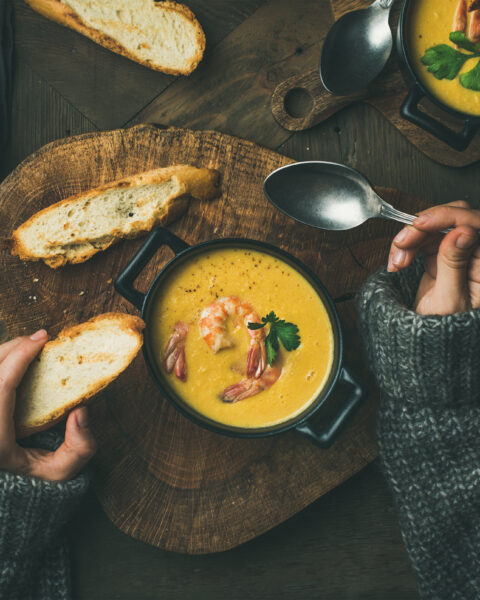Preserving culinary creations is an art that allows us to savor the flavors of the season and extend the lifespan of our favorite dishes. In this article, we’ll explore 10 diverse ways and methods to preserve your culinary creations, from pickling and canning to freezing and dehydrating. These techniques not only help to reduce food waste but also enable us to enjoy the bounty of our cooking efforts long after the ingredients have left the kitchen. Whether you’re a seasoned home cook or a culinary enthusiast, mastering these preservation methods will empower you to savor the rich flavors of your favorite dishes and ingredients throughout the year.
Contents
Freezing
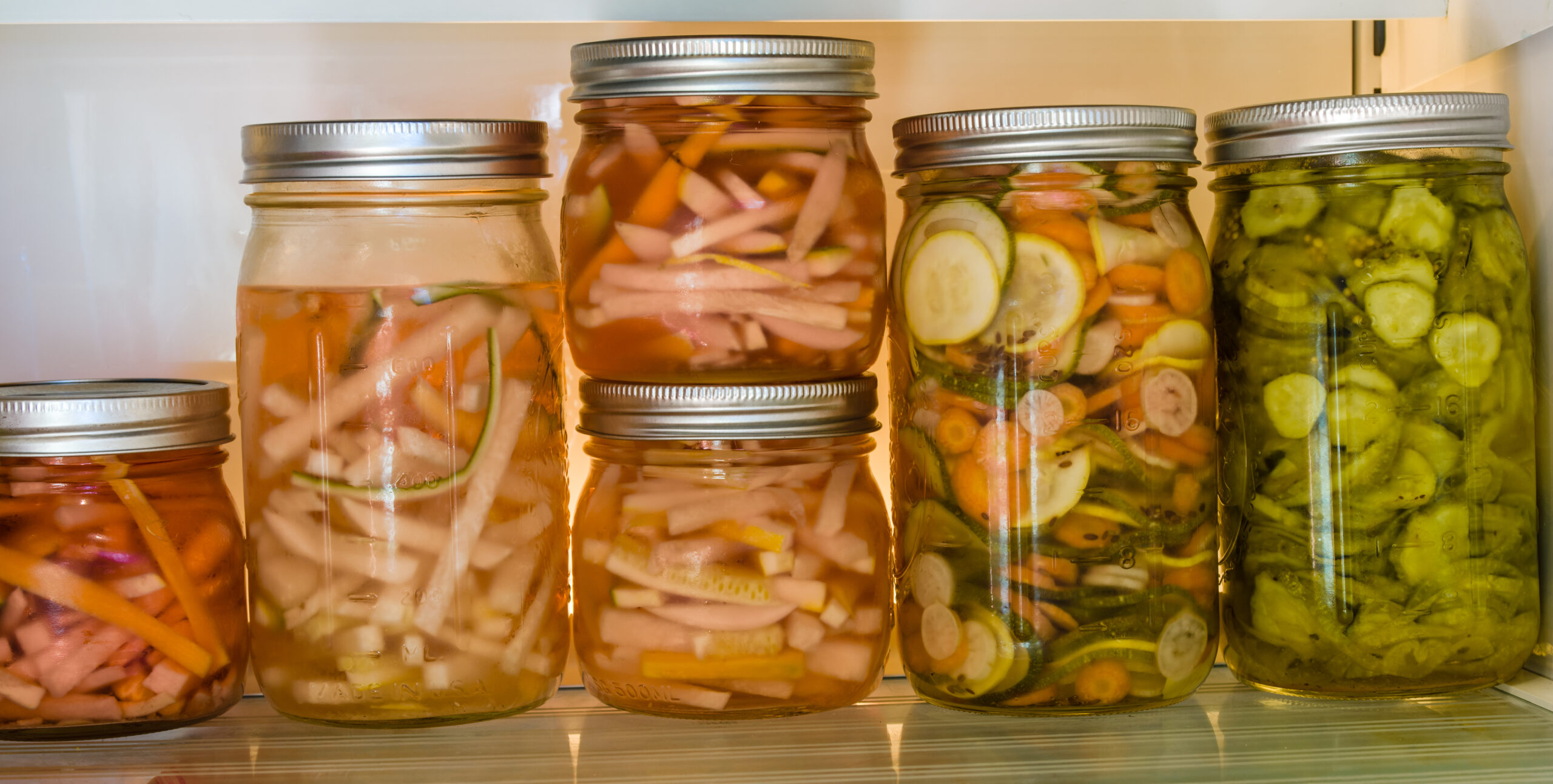
Freezing is one of the most effective methods to preserve food. It halts bacterial growth and maintains nutritional value, making it ideal for a wide range of items including fruits, vegetables, meats, and even prepared dishes. The key is to freeze items at their peak freshness and use airtight containers to prevent freezer burn.
Canning
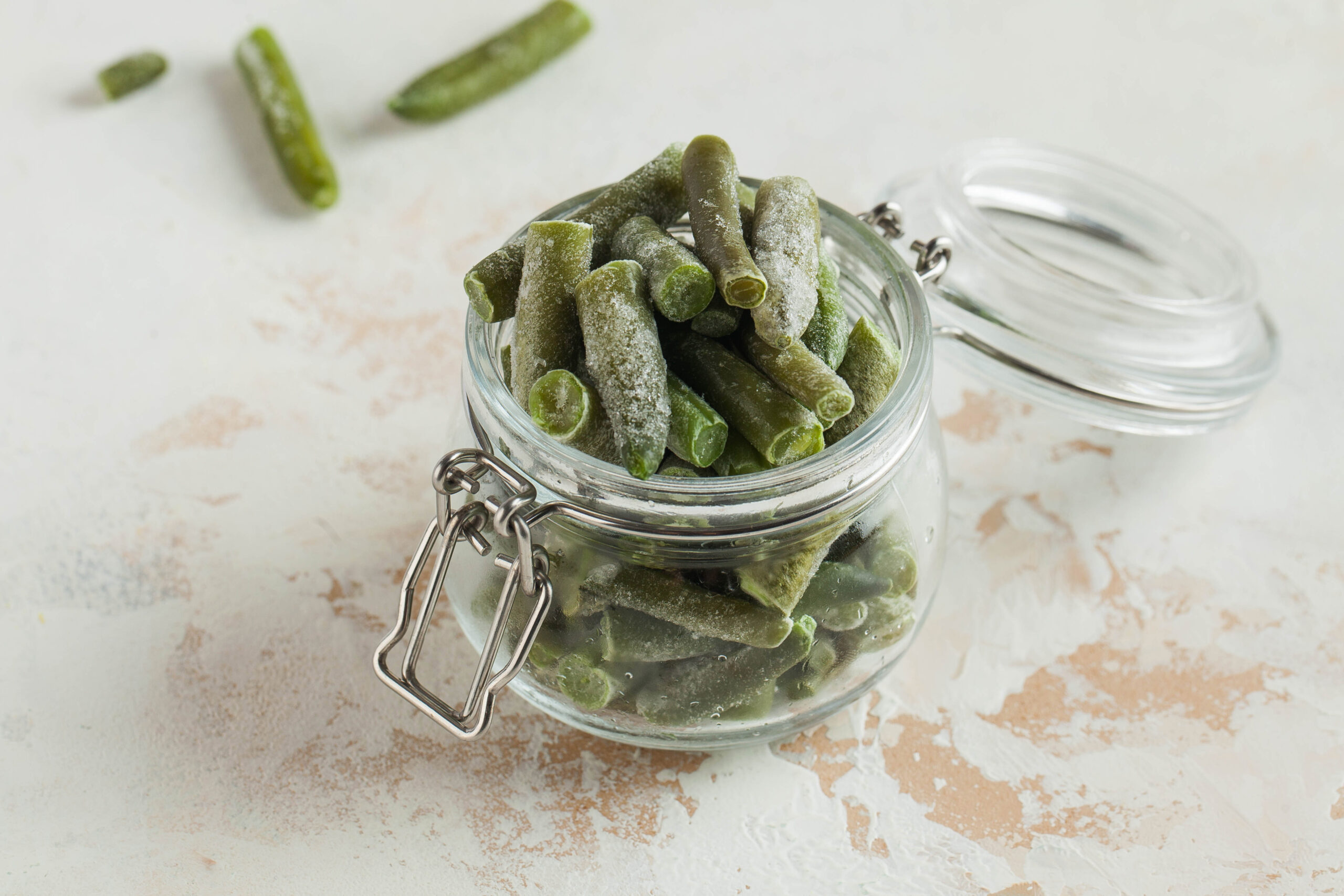
Canning involves cooking food, sealing it in sterilized jars, and then boiling the containers to kill any remaining bacteria. This method is great for fruits, vegetables, and sauces. It allows you to enjoy seasonal produce year-round and is a delightful way to create homemade gifts.
Drying or Dehydrating
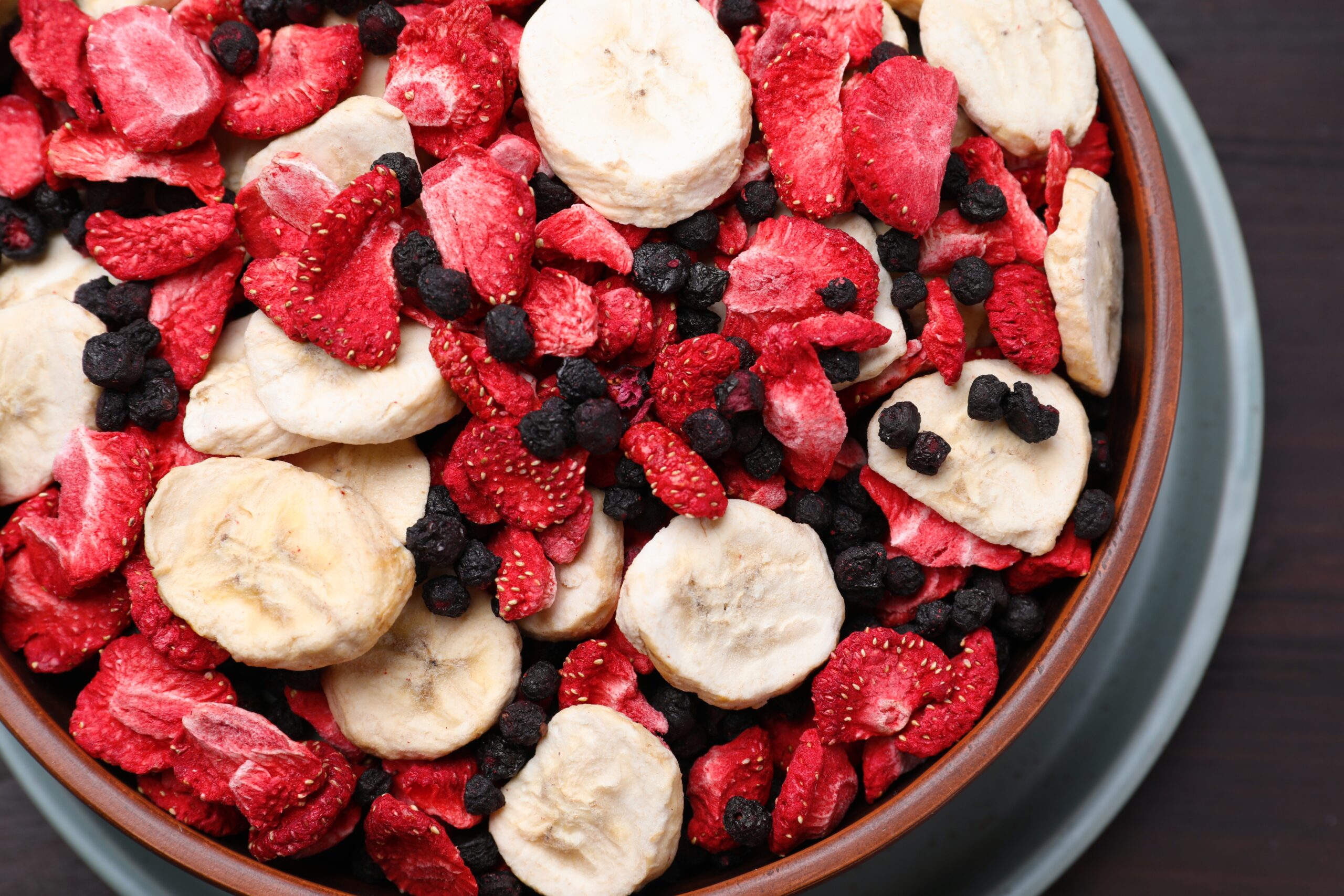
Drying food by removing its water content is an ancient preservation technique. It works well with fruits, vegetables, and herbs. Dehydrated food is lightweight, takes up little storage space, and when done properly, can retain most of its nutritional value.
Pickling
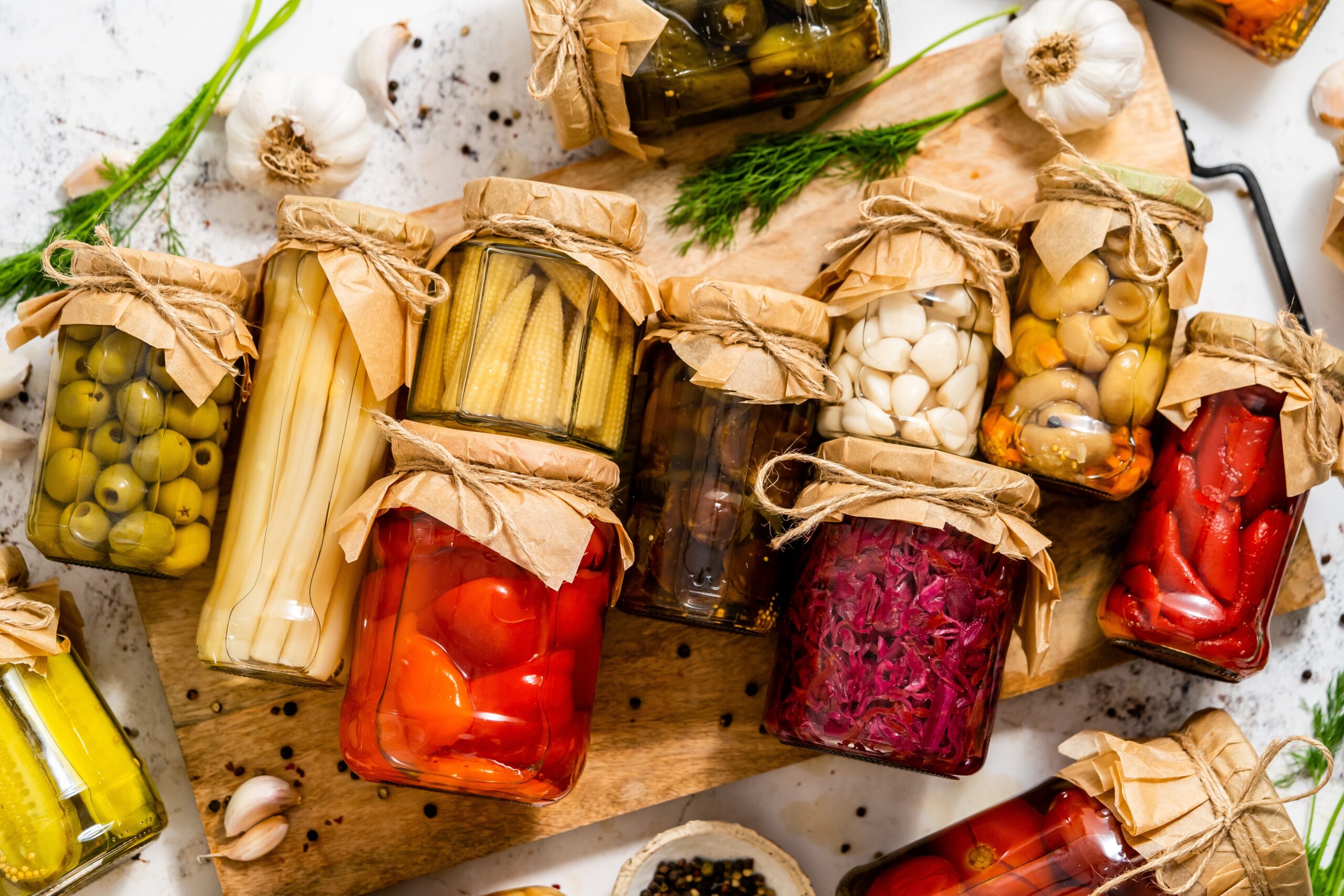
Pickling, where food is submerged in vinegar or a brine, is not only for cucumbers. Many vegetables, fruits, and even some meats can be pickled. This method imparts unique flavors and can significantly extend the shelf life of food.
Fermenting
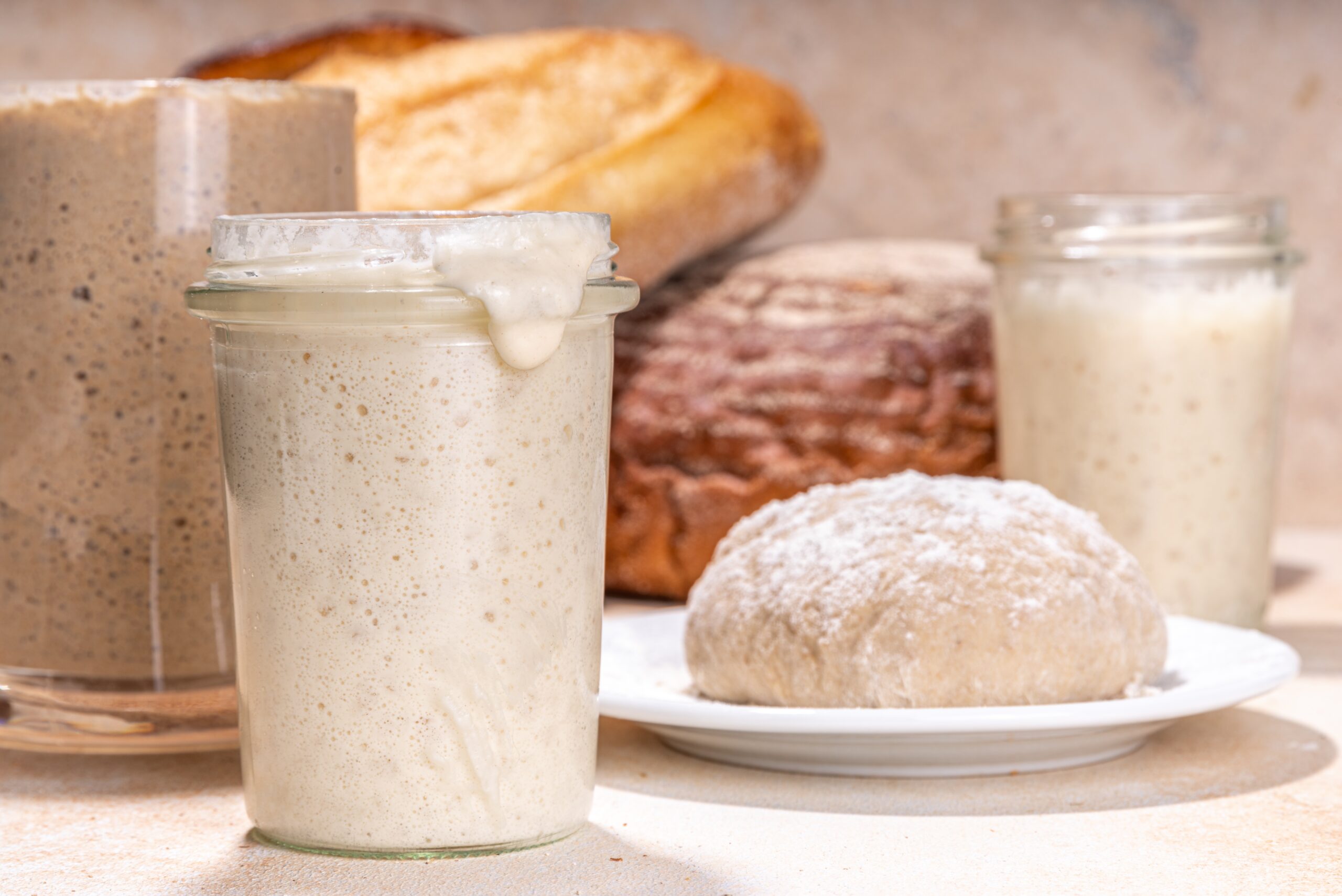
Fermentation, used in making yogurt, sauerkraut, and kimchi, involves bacteria or yeast converting organic compounds into alcohol or acids. This process not only preserves the food but also enhances its nutritional value and introduces beneficial probiotics.
Salt Curing
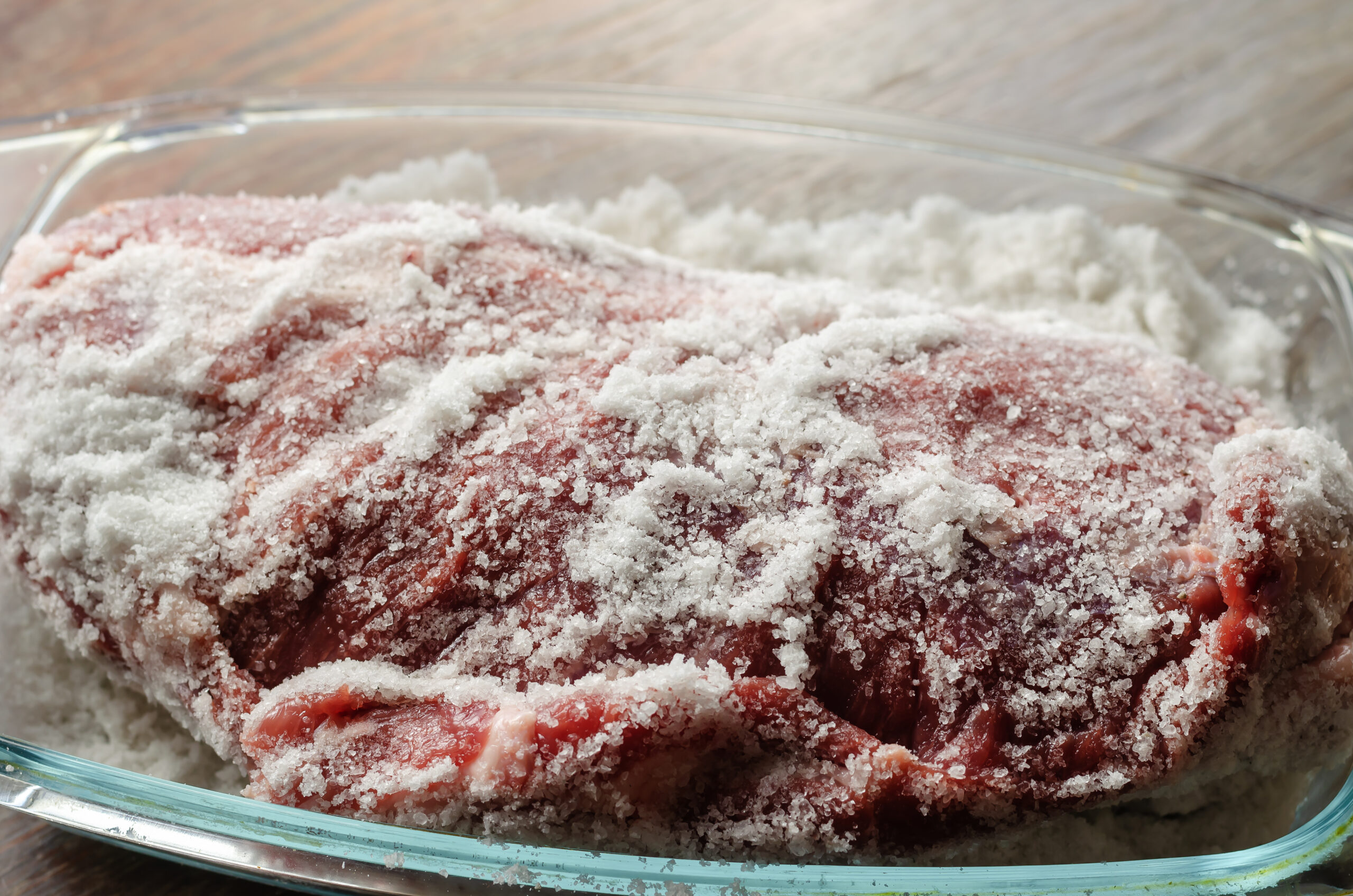
Salt curing, a method used for meats and fish, draws moisture out, inhibiting bacterial growth. This technique not only preserves the food but also imparts a unique flavor and texture, as seen in foods like prosciutto or salt-cured salmon.
Sugar Preserving
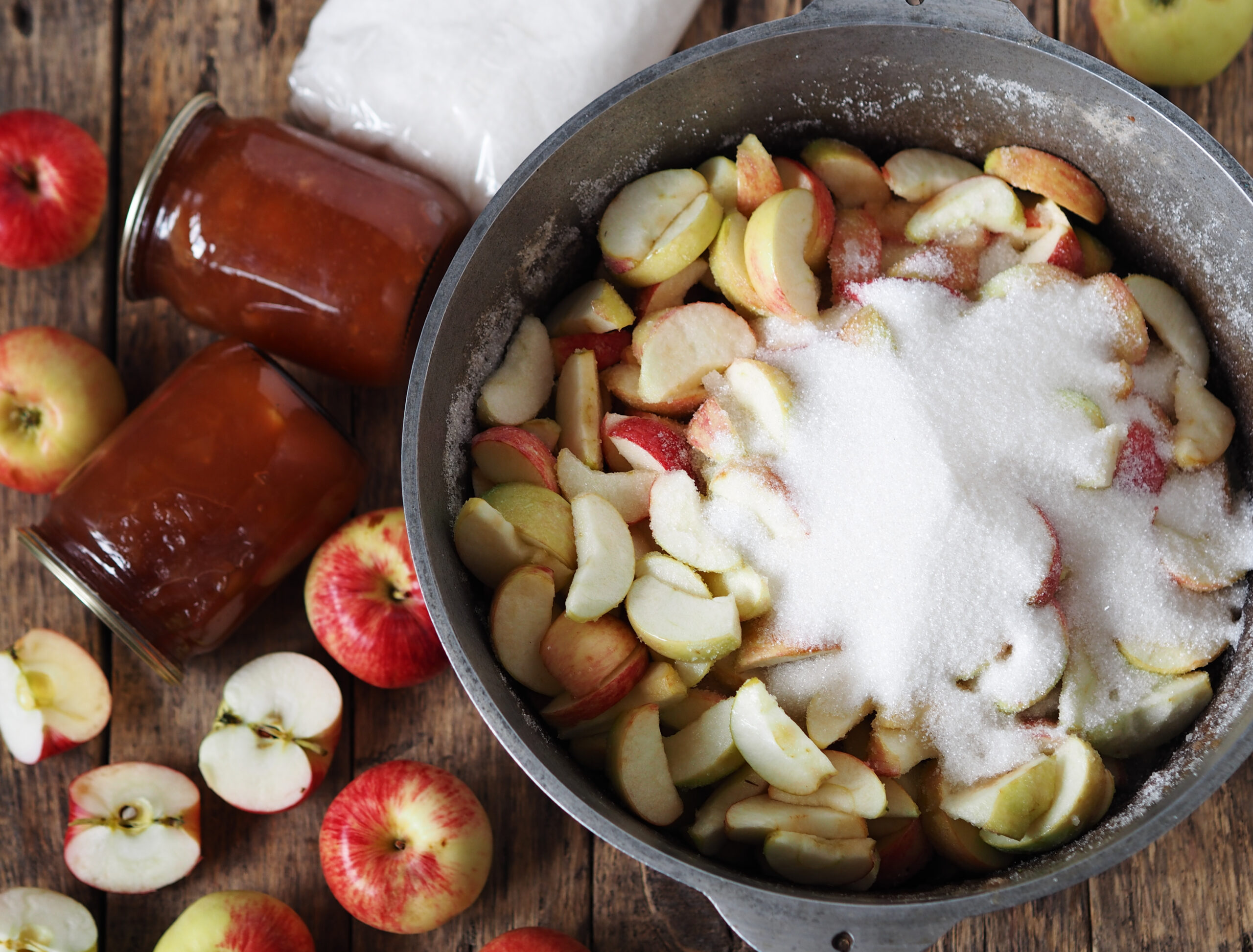
Sugar is an excellent preservative for fruits, often used in making jams, jellies, and marmalades. The high concentration of sugar reduces the growth of microorganisms, and the resulting preserves can last for years if canned properly.
Vacuum Sealing
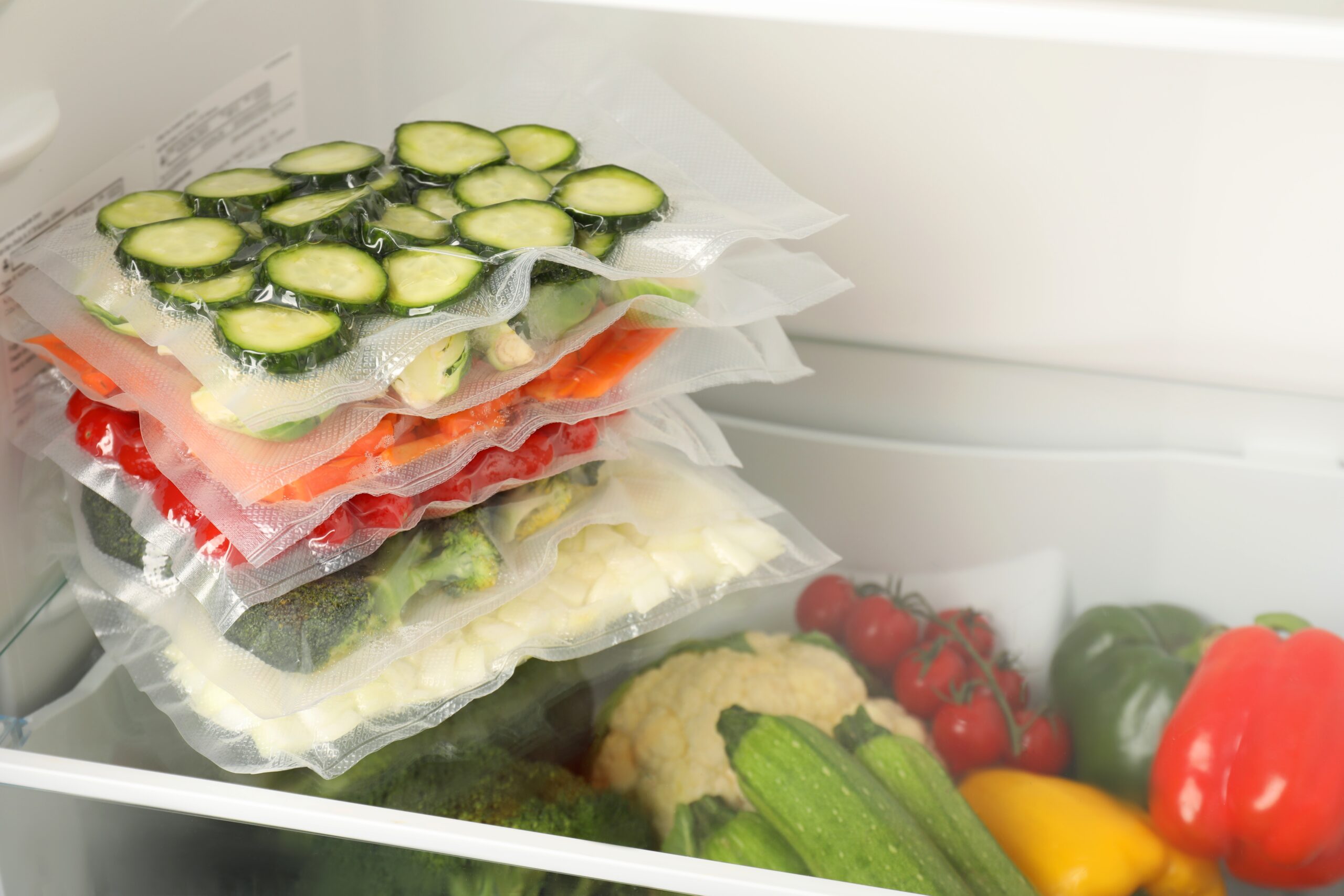
Vacuum sealing removes air from the package, drastically slowing down the deterioration process. This method is particularly useful for meats and cheeses, as it prevents freezer burn and extends shelf life in the freezer.
Smoking
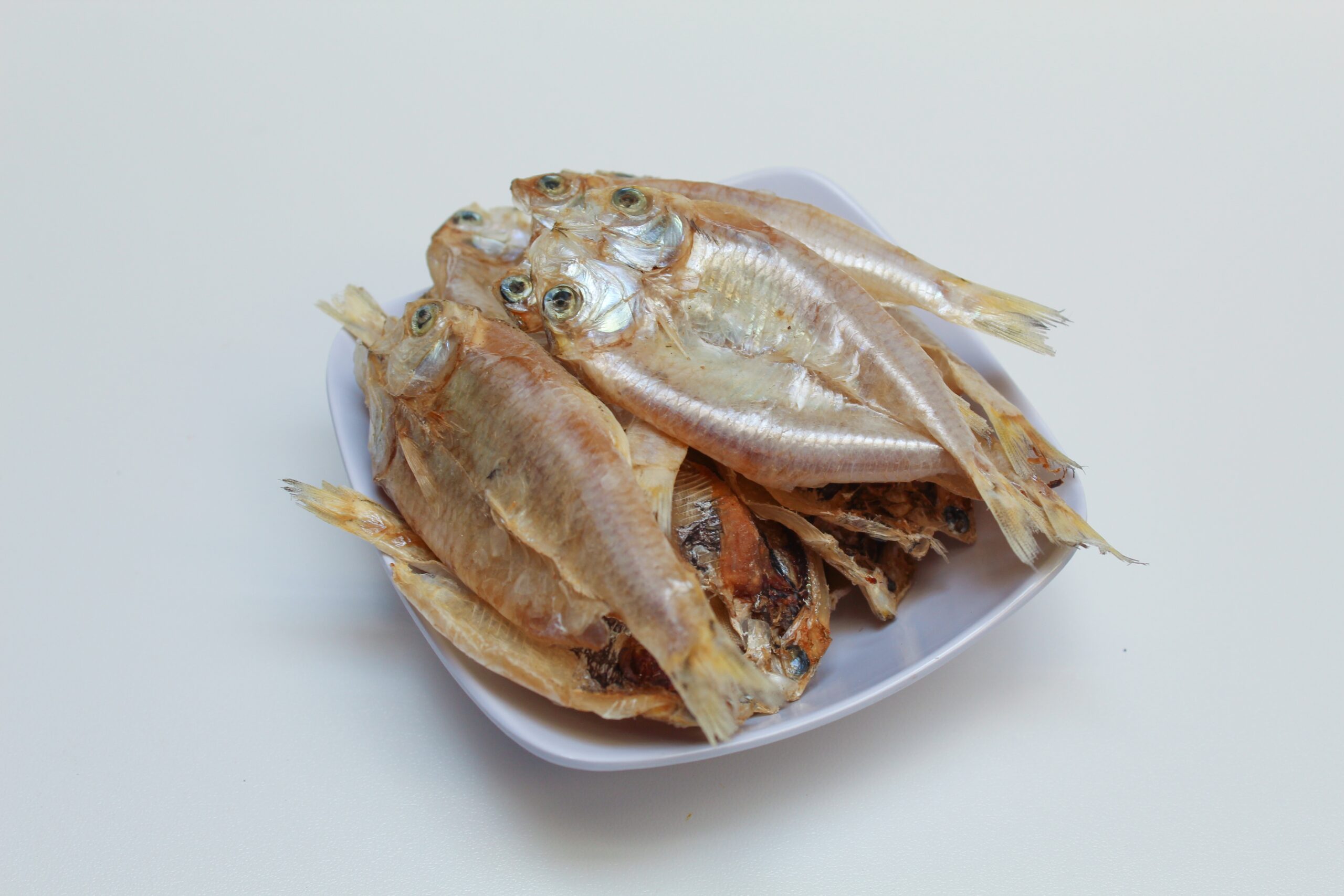
Smoking, typically used for fish and meats, involves exposing the food to smoke from burning or smoldering material, usually wood. This not only imparts a distinct smoky flavor but also extends the shelf life of the food.
Oil Preserving
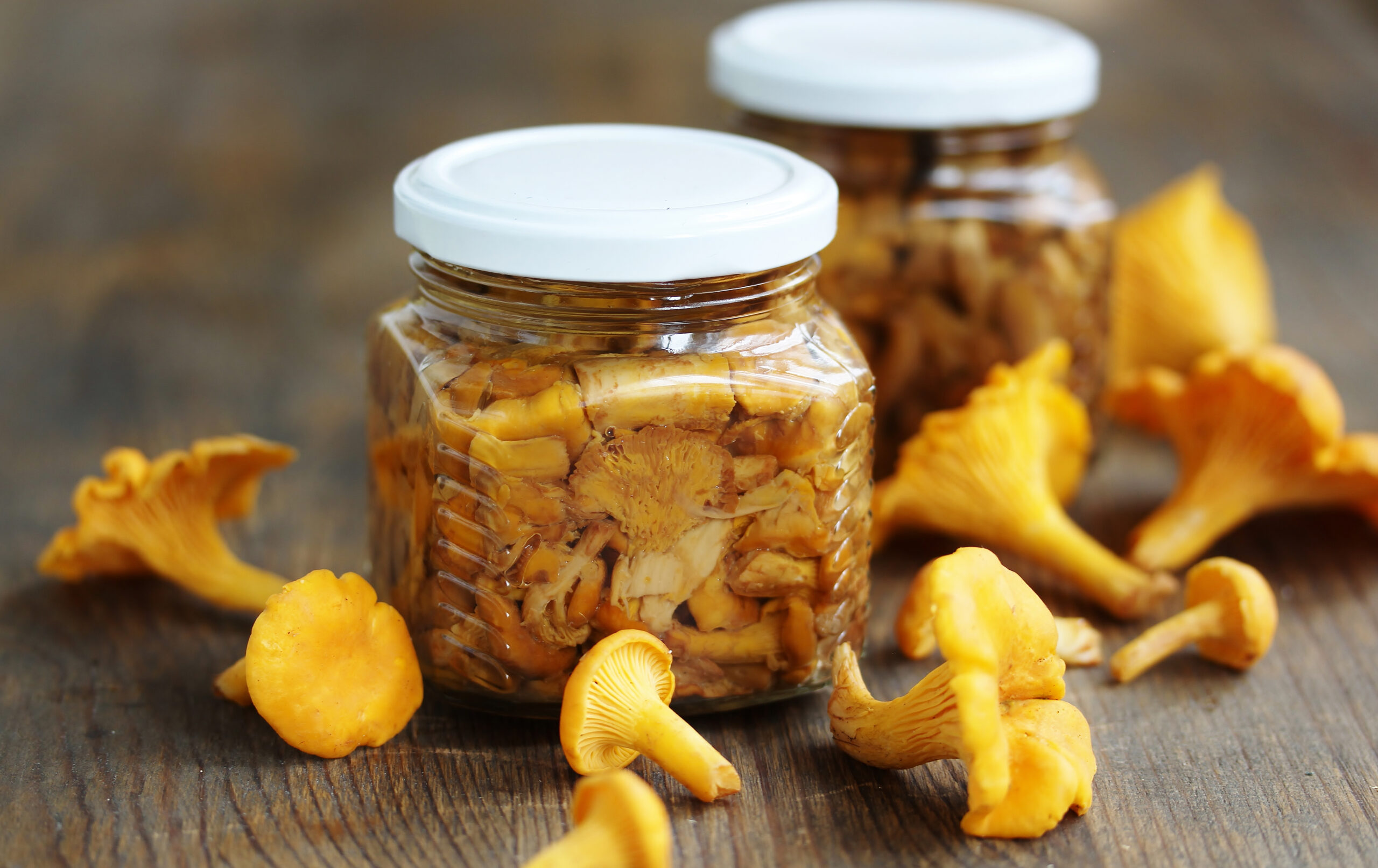
Preserving food in oil, often used for cheeses, vegetables, and herbs, creates an anaerobic environment that slows down bacterial growth. The oil can also infuse the food with additional flavors, making it a tasty preservation method.



